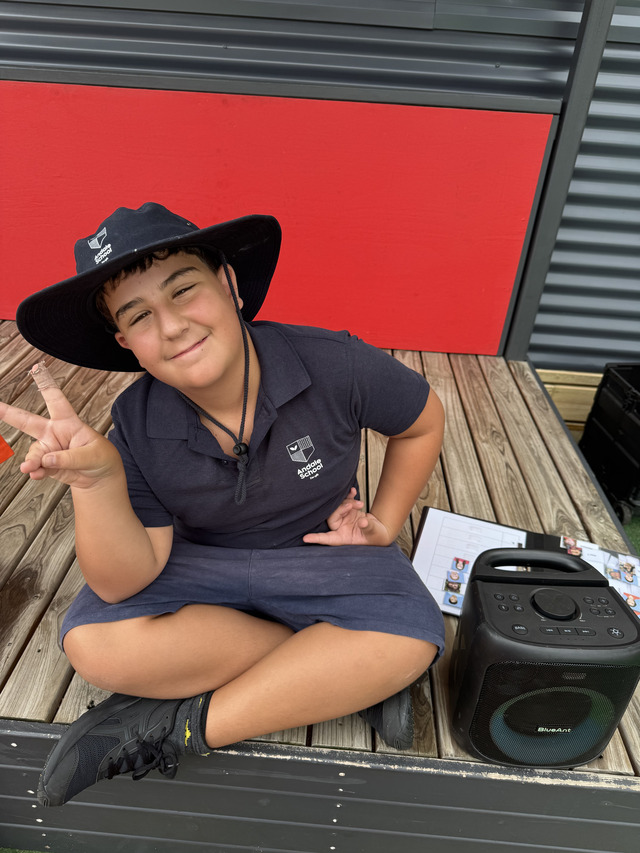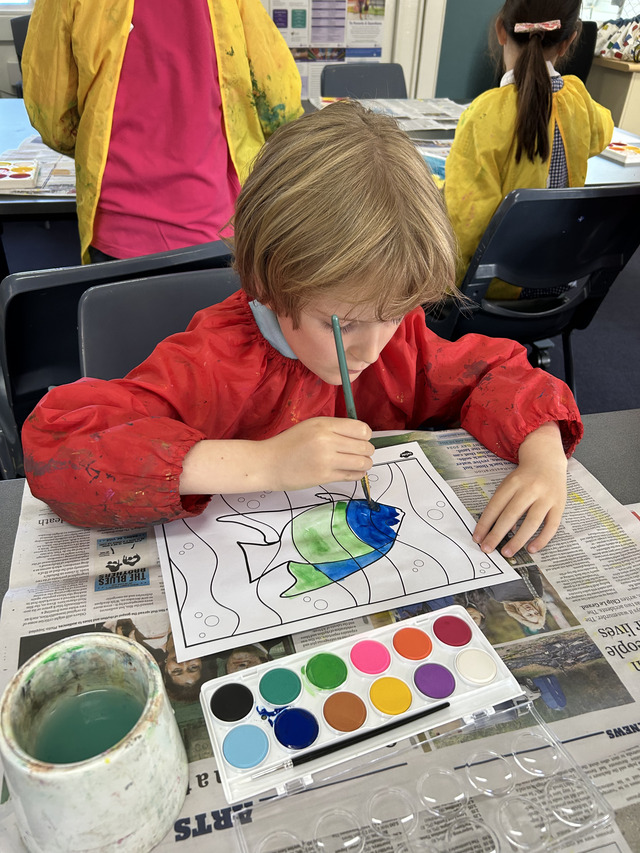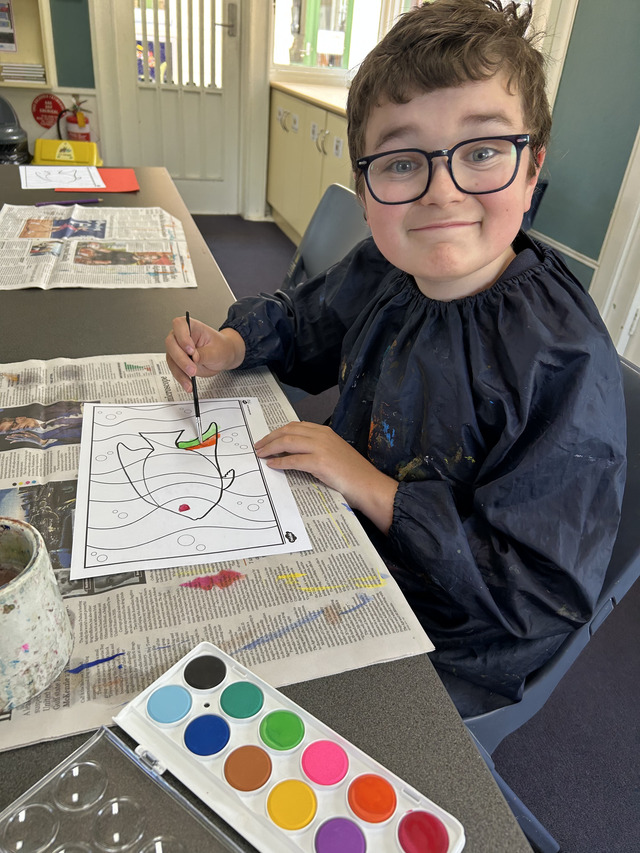Andale School Q and A with principal Anna Urban
Question: What is the science of learning and how do you apply its principles in Andale School classrooms?
Answer: In all schools, and across all subjects and year levels, students learn facts, skills, and concepts.
Factual knowledge includes, for example, learning the times tables or key dates in history.
Skills, or procedural knowledge, might include learning to play netball or paint using watercolour.
Students then apply what they know and can do within conceptual learning; that is, understanding principles and ideas.
In this learning zone, students create, analyse, synthesise, or engage in other kinds of higher-order thinking.
As teachers, we want to nurture students’ curiosity. We want to ensure they develop deep understanding and can connect and apply ideas in the real world.
When teachers talk about the science of learning, we refer to the process by which
information is laid down in memory.
Understanding how students learn enables teachers to adopt effective teaching approaches. Fundamentally, the learning process happens in the same way for all humans; the difference is that we might at times need individualised ‘inputs’ to maximise learning.
Differentiation is the word we use in schools to describe the way we modify or adjust inputs (such as the curriculum, time, adult support) to reduce the impact of barriers to learning on student engagement and achievement.
The information processing model is a science of learning model that asserts that learning occurs through the following process.
First, we gather information through sensory input; that is, information enters our brain through what we see, hear, touch, taste, and feel. What we ‘attend’ to will differ according to what is happening around us.
Sensory input is then transferred into our short-term (working) memory.
There is debate about how much information our short-term memory can process and for how long; the term ‘cognitive load’ is used to describe these factors.
On average, short-term memory can process small chunks of information for about 20 seconds.
We can use mnemonic strategies to enhance the capacity of our working memory.
The process of remembering (long-term memory) involves multiple exposures to information, actively using new information, and repeatedly recalling information through practice.
The more frequently we use information and retrieve it, the more concretely it is laid down in our long-term memory.
This is a highly compressed summary of how learning works. There is a very useful resource called ‘The Science of Learning’ where you can find more detailed information.
At Andale School, teachers design programs that foster student engagement because we know that gaining and maintaining student attention is the critical first step in learning.
Our teachers use assessment data to ensure that we understand what the next steps of learning should be for each student.
As our students have complex learning needs, we ensure that our programs are appropriately paced.
Teachers engage in spaced repetition to strengthen memory and build a solid knowledge base. Our teachers provide a safe environment and reduce, as much as possible, the stressors that affect students’ ability to concentrate and attend to learning.
This includes reducing the extraneous cognitive load by providing orderly classrooms in which distractions and interruptions to learning are minimised.
When children feel safe at school, they are able to fully engage in the learning programs; when they engage in learning, achievement follows.










